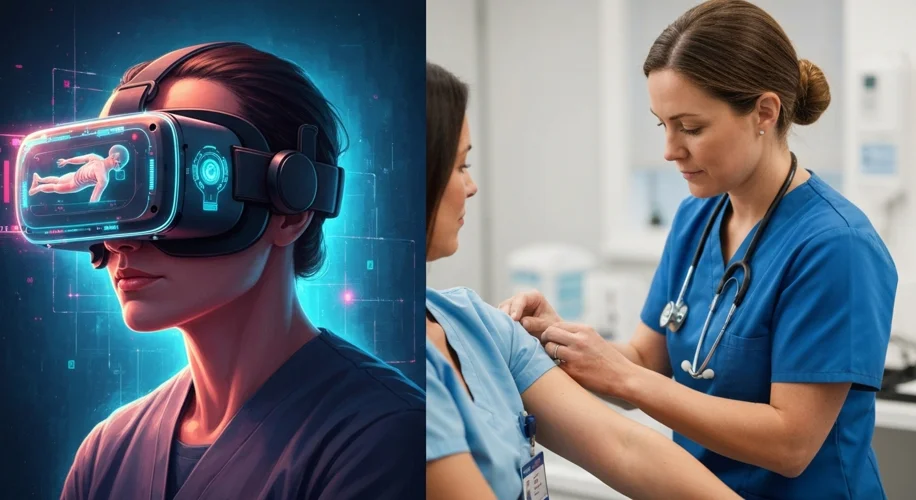Okay, so hear me out. Virtual Reality (VR) for job training. It sounds pretty cool, right? Like something out of a sci-fi movie. But is it actually doing anything, or is it just a fancy new toy? I’ve been diving into this, and let me tell you, it’s a mixed bag.
We’re seeing VR pop up in all sorts of places. Think nursing students practicing complex procedures without any real-world risk, or manufacturing workers learning to operate heavy machinery in a safe, simulated environment. The idea is that by immersing yourself in a realistic virtual setting, you can build muscle memory and confidence faster than with traditional methods.
So, how’s it actually working out in the real world?
For some fields, it seems to be a big win. In healthcare, for instance, VR simulations are being used to train surgeons on delicate operations. They can practice over and over, facing different scenarios, all within the headset. This isn’t just about repetition; it’s about learning to react under pressure. Reports suggest that this kind of practice can lead to fewer errors once they’re in the actual operating room.
Manufacturing is another area where VR is showing promise. Imagine training someone to assemble a complex piece of equipment. Instead of a manual and a workbench, they’re guided through the steps virtually, with animations and feedback. Companies have mentioned reduced training time and fewer mistakes when moving to the real assembly line.
But here’s the catch. It’s not always a seamless upgrade. One big hurdle is the cost. High-quality VR equipment and the software to run these simulations can be expensive, which is a big ask for many businesses, especially smaller ones.
Then there’s the issue of realism. While VR is getting incredibly advanced, it’s still a simulation. Some argue that certain tactile sensations or the sheer unpredictability of real-world situations are hard to replicate. A nurse practicing an injection in VR won’t feel the resistance of actual tissue, and a factory worker won’t experience the fatigue of standing on a real production line for eight hours.
I’ve also heard from people who found the VR training a bit disorienting. Motion sickness is still a thing for some, and the headset itself can be cumbersome. If the training is uncomfortable or distracting, is it really effective?
So, is it a genuine game-changer? I think it can be, but it’s not a magic bullet. VR training seems to shine brightest when it’s used for tasks that are high-risk, repetitive, or require precise spatial understanding. It’s excellent for building foundational skills and confidence in a safe space.
However, it’s probably not going to replace all traditional on-the-job training anytime soon. The best approach seems to be a blended one, where VR complements hands-on experience rather than replacing it entirely. It’s a powerful tool, but like any tool, its effectiveness depends on how and where you use it. The hype is real, but so is the potential, as long as we’re realistic about its current limitations.

